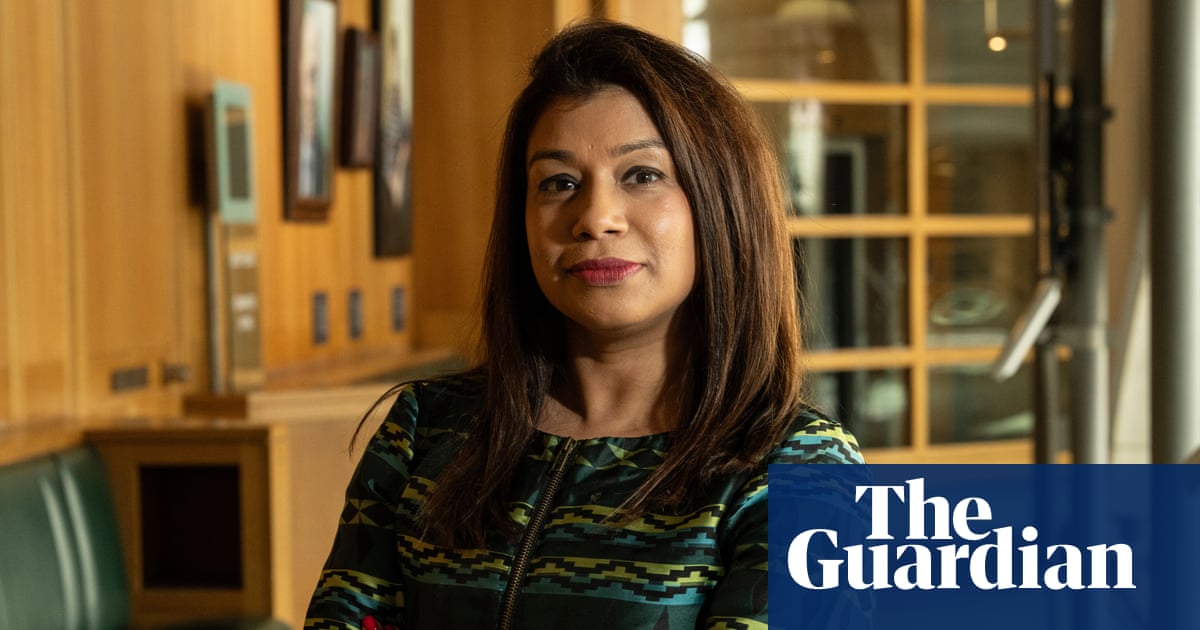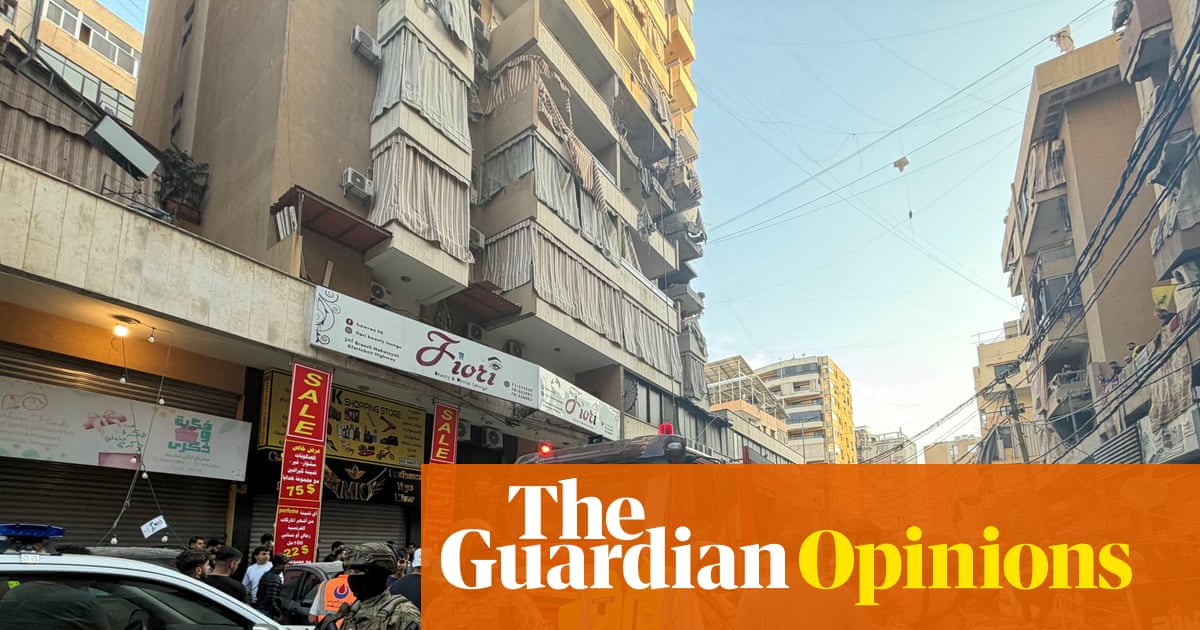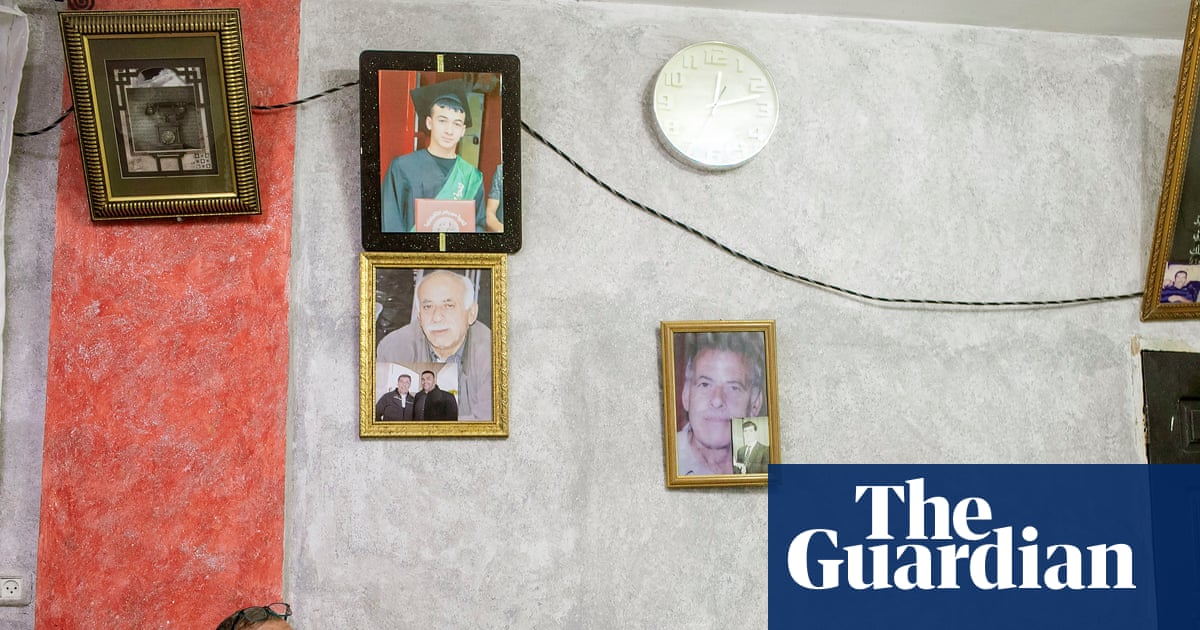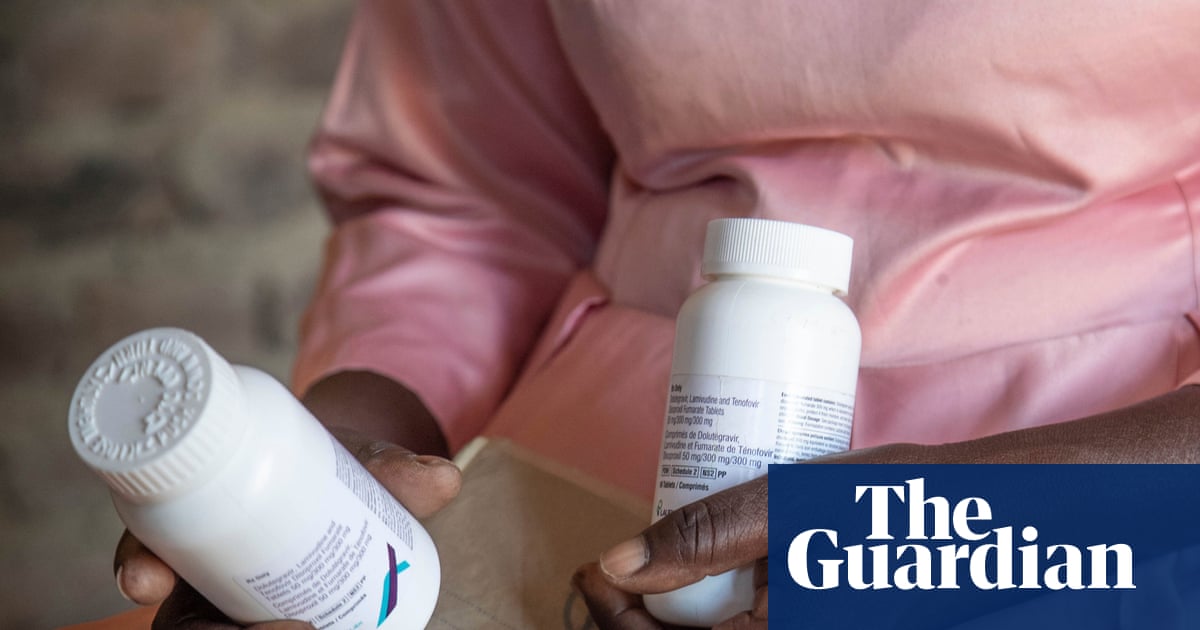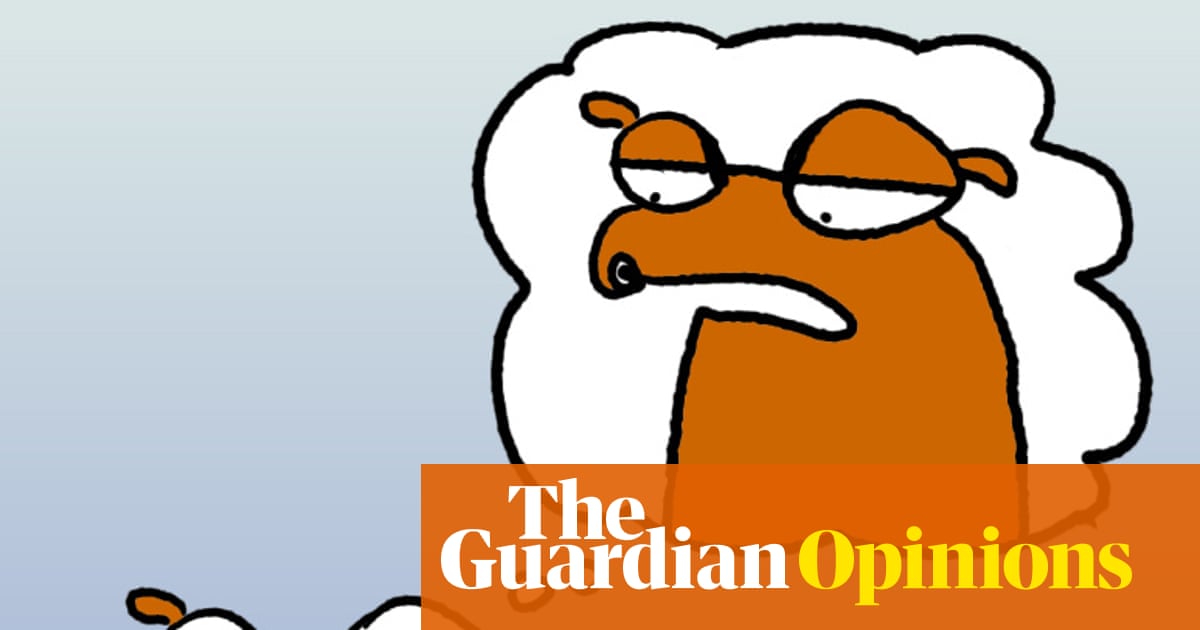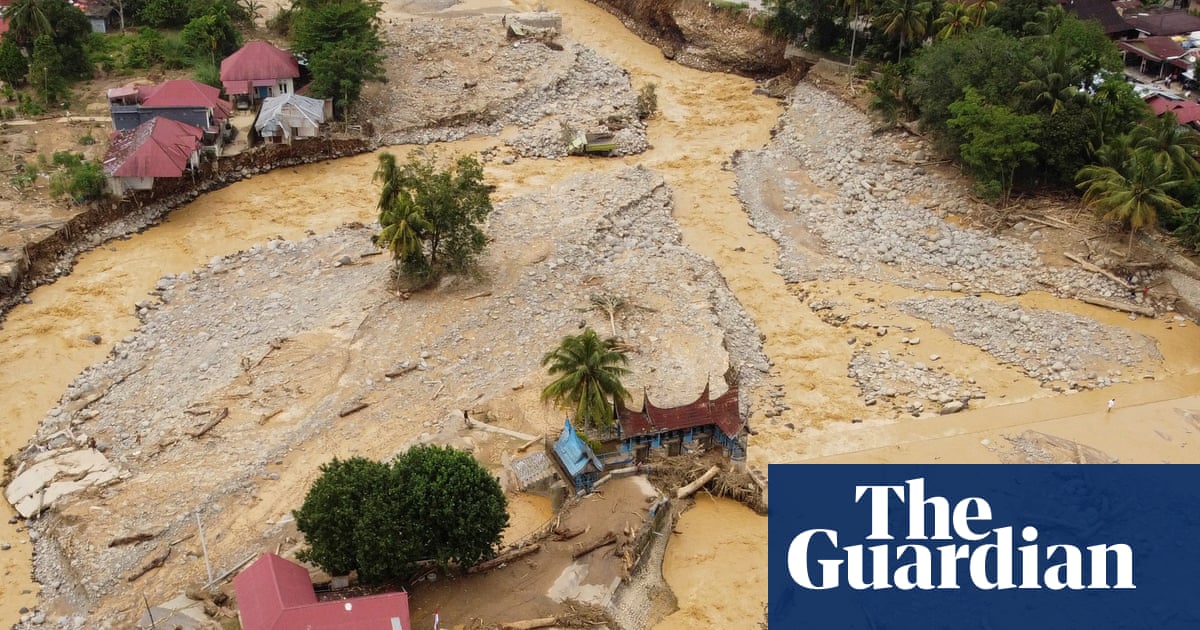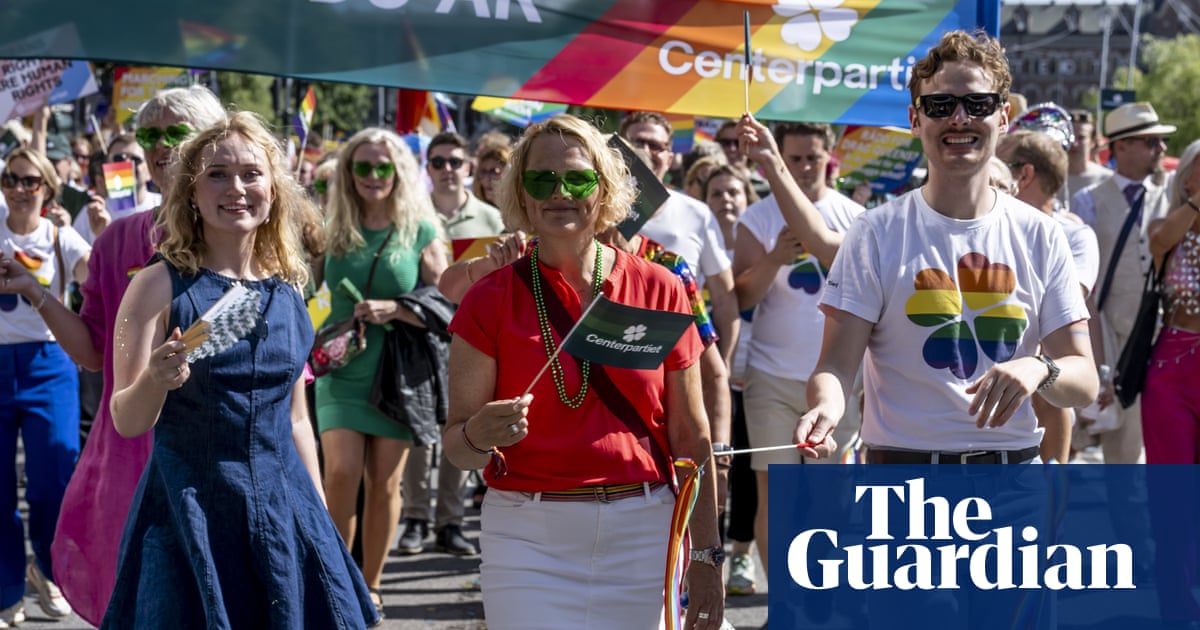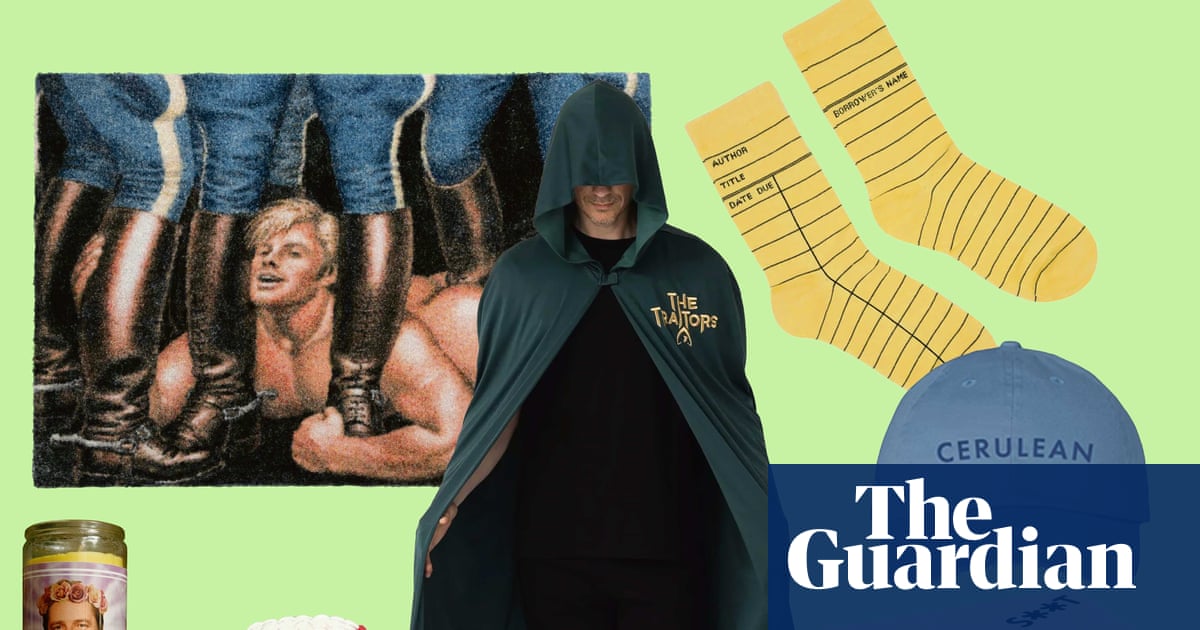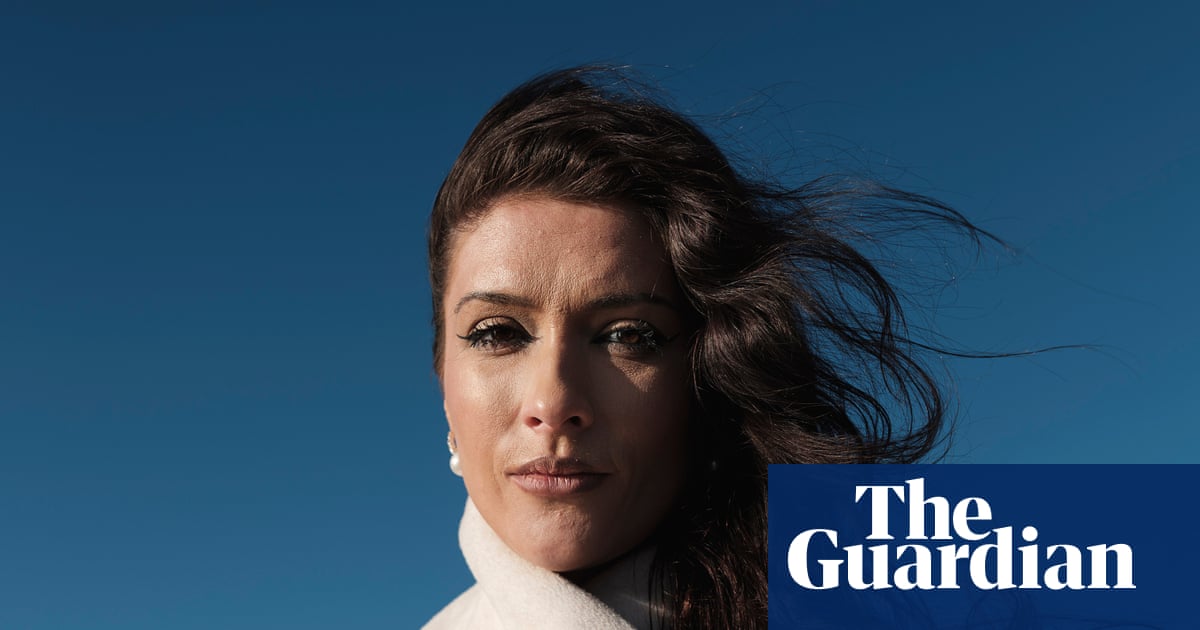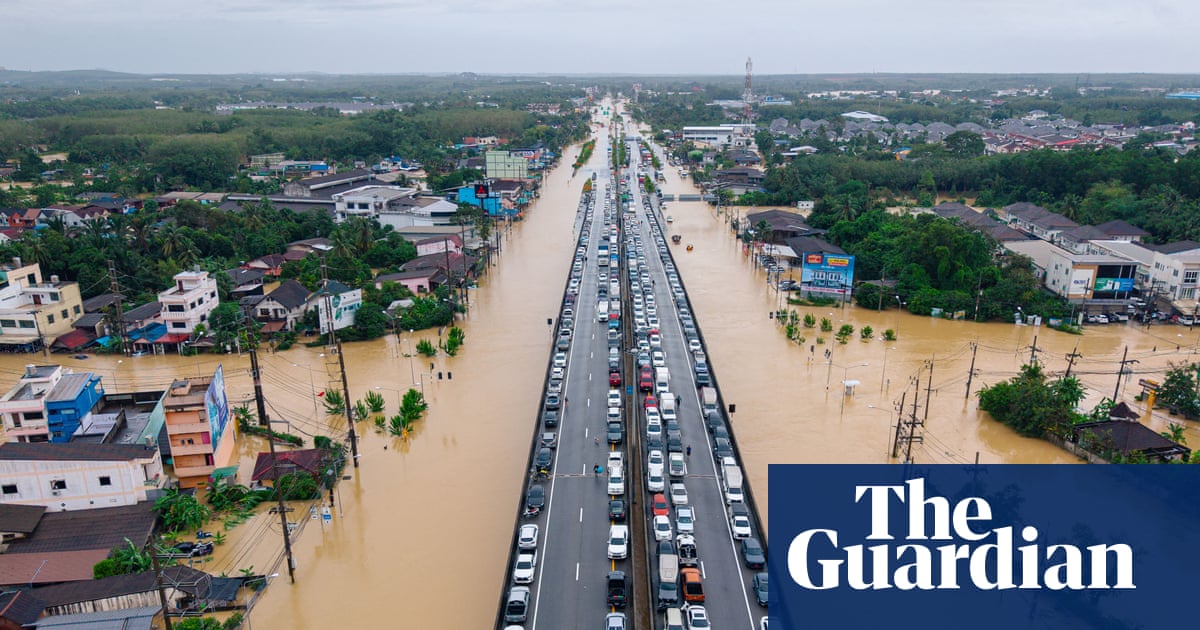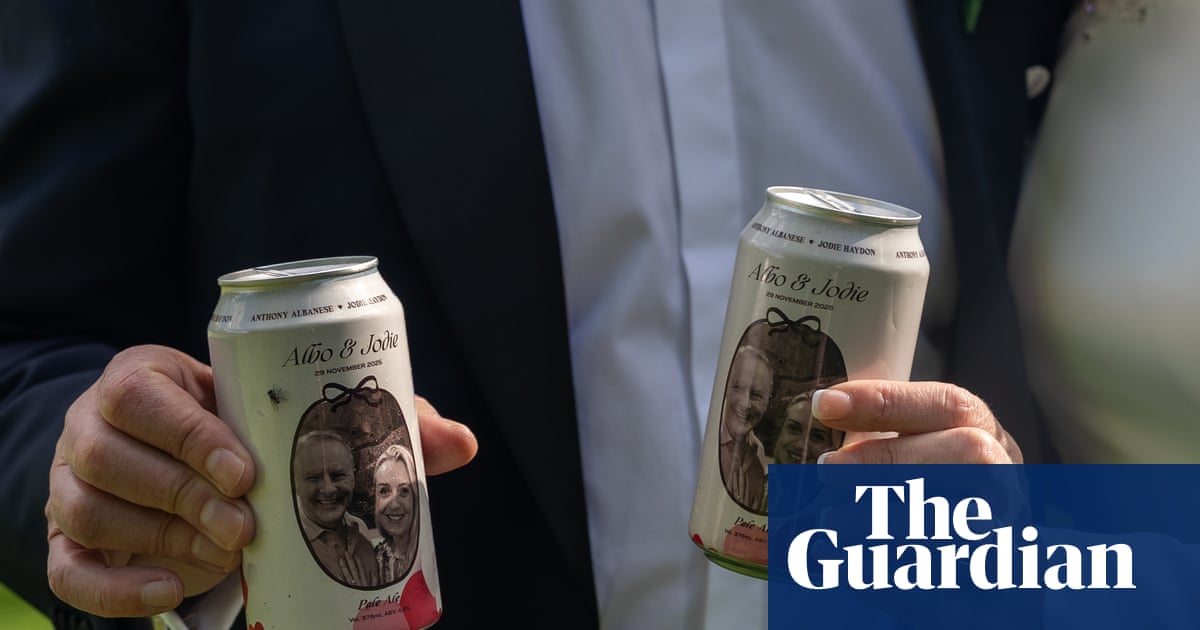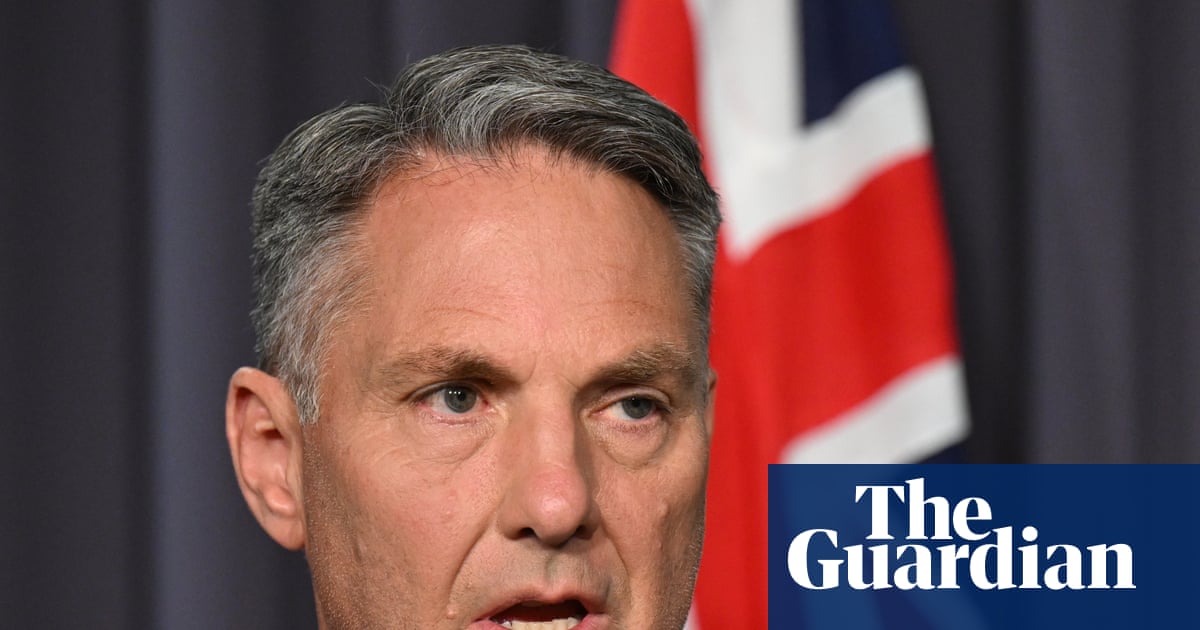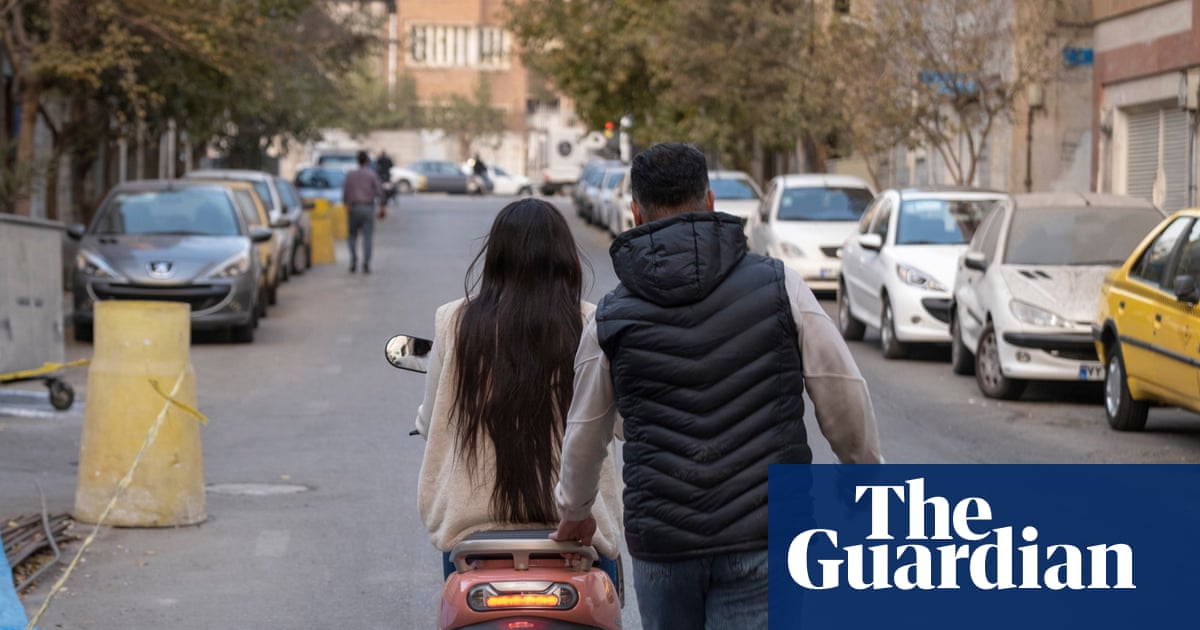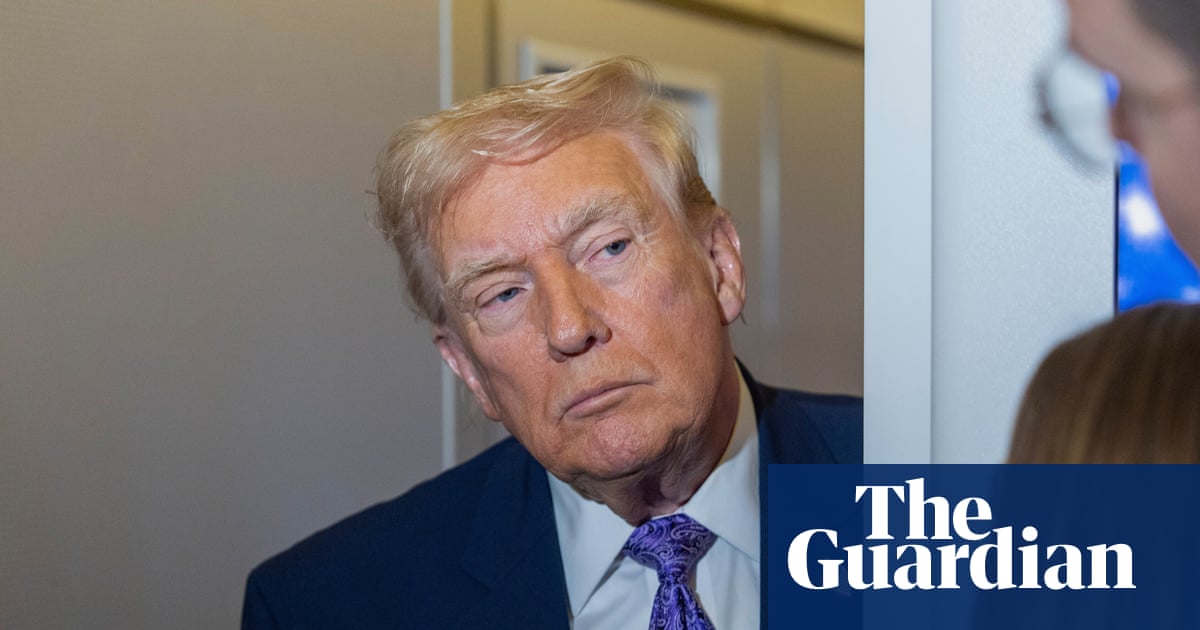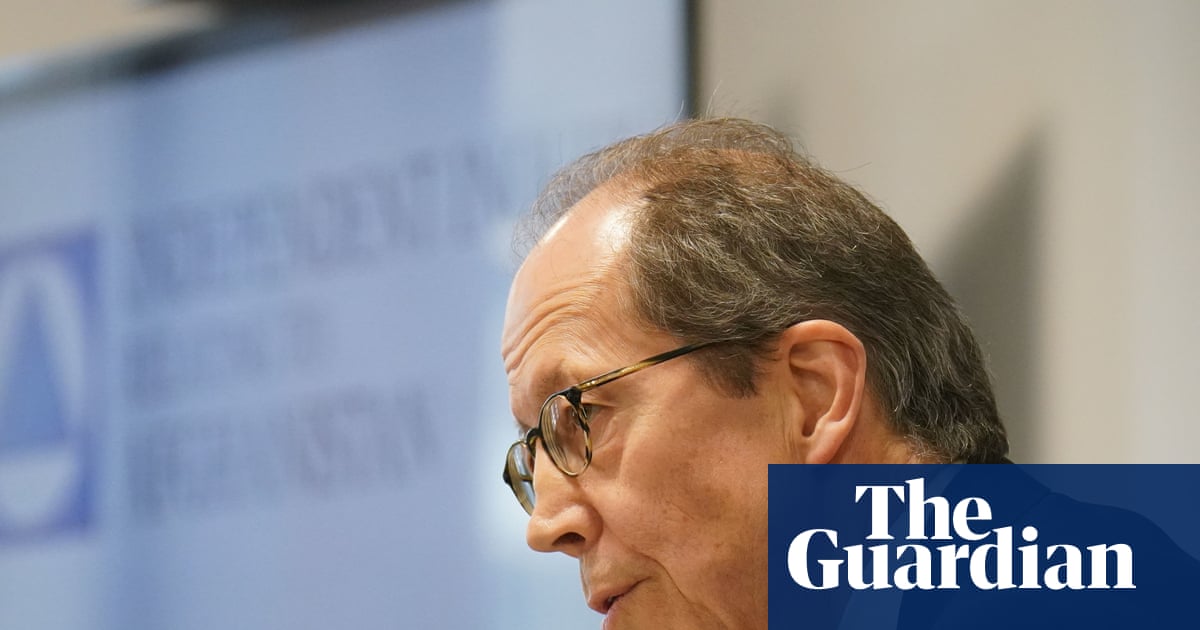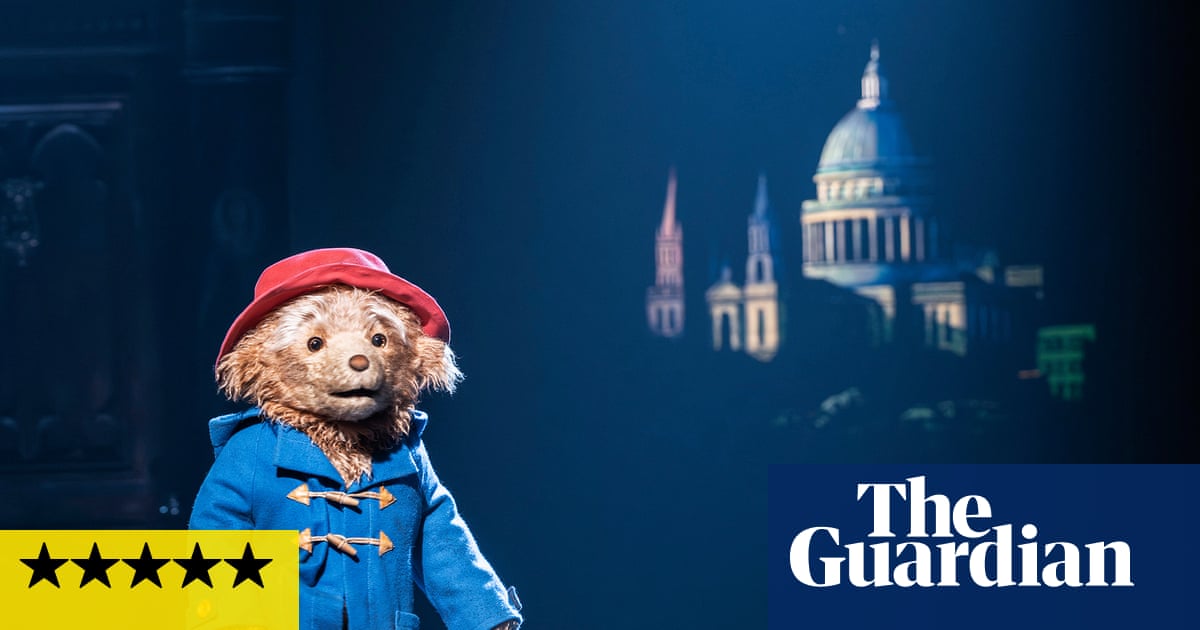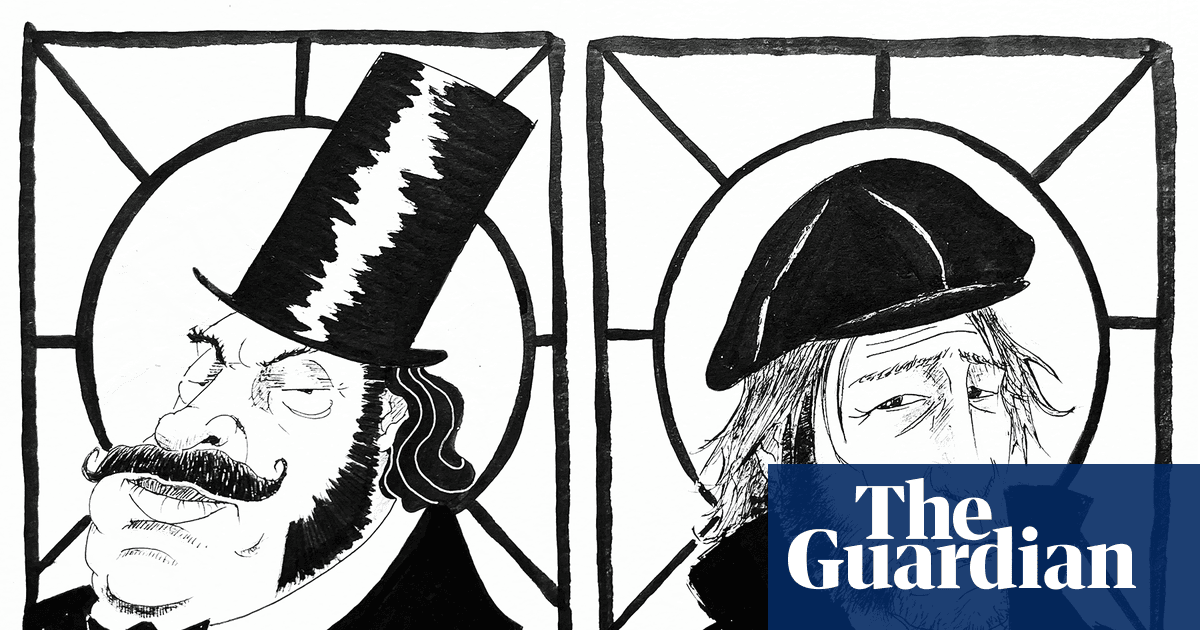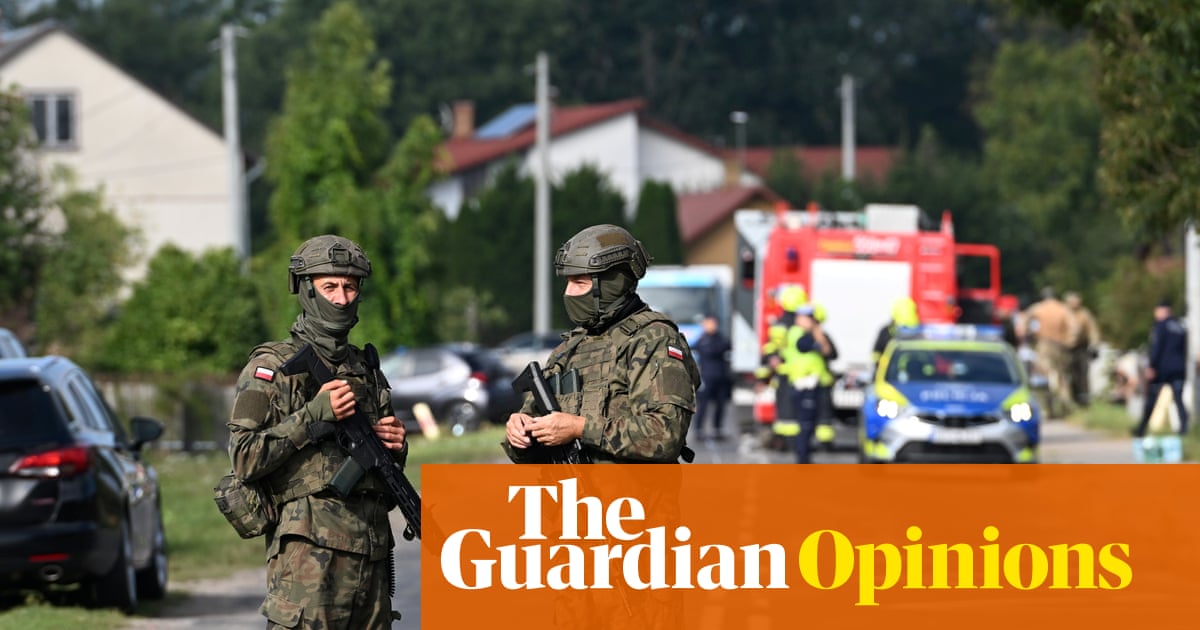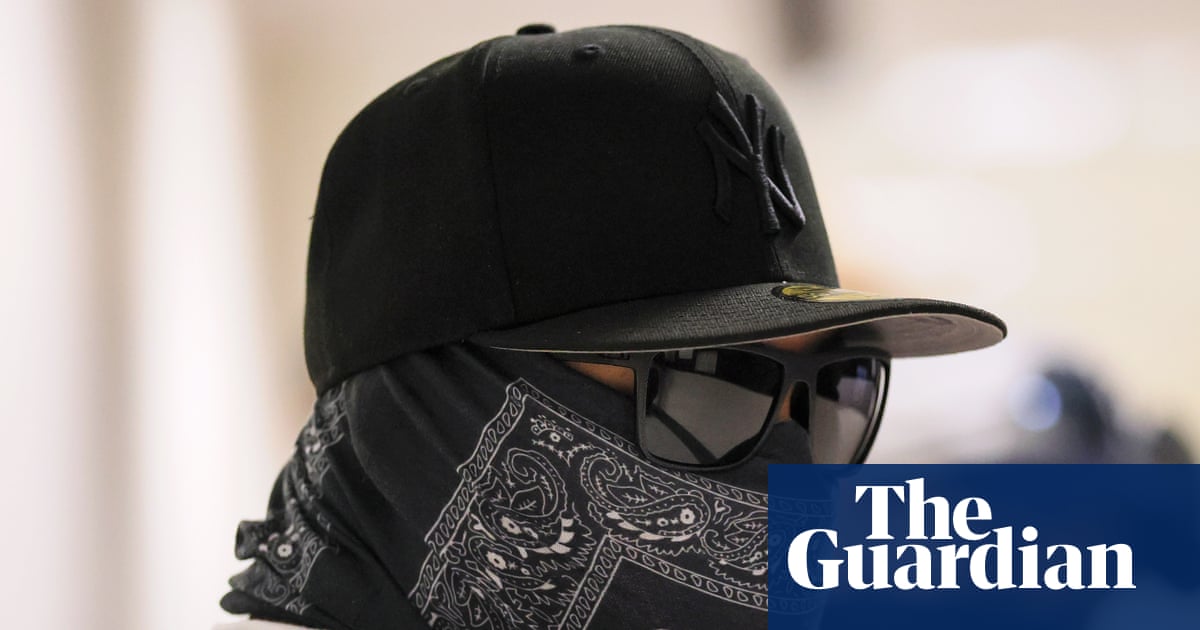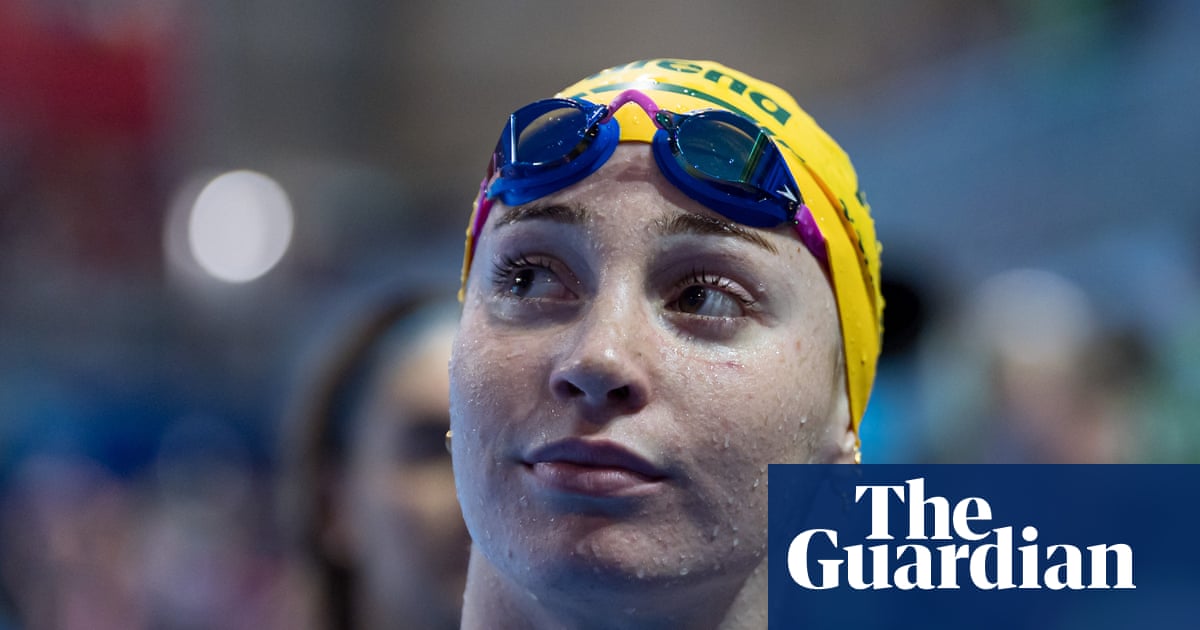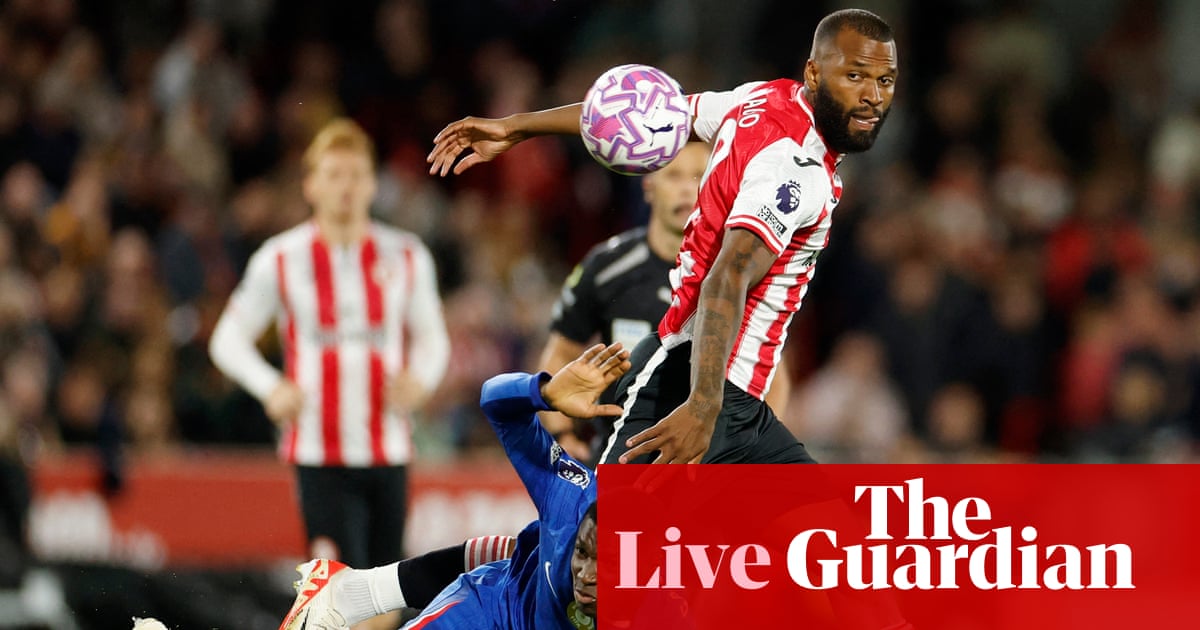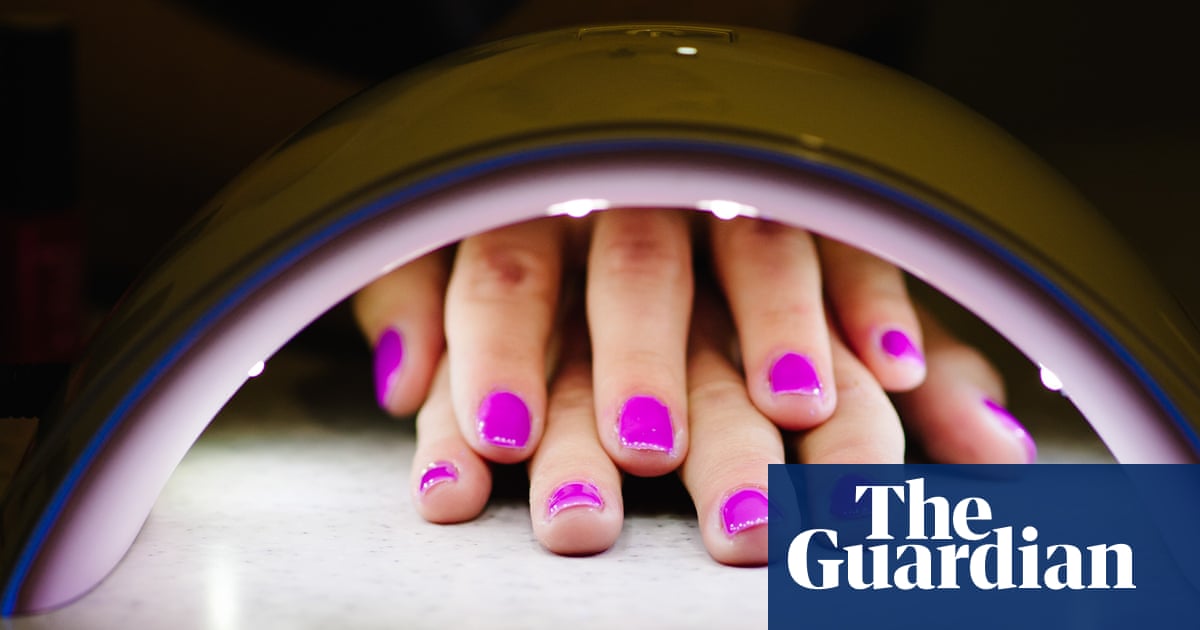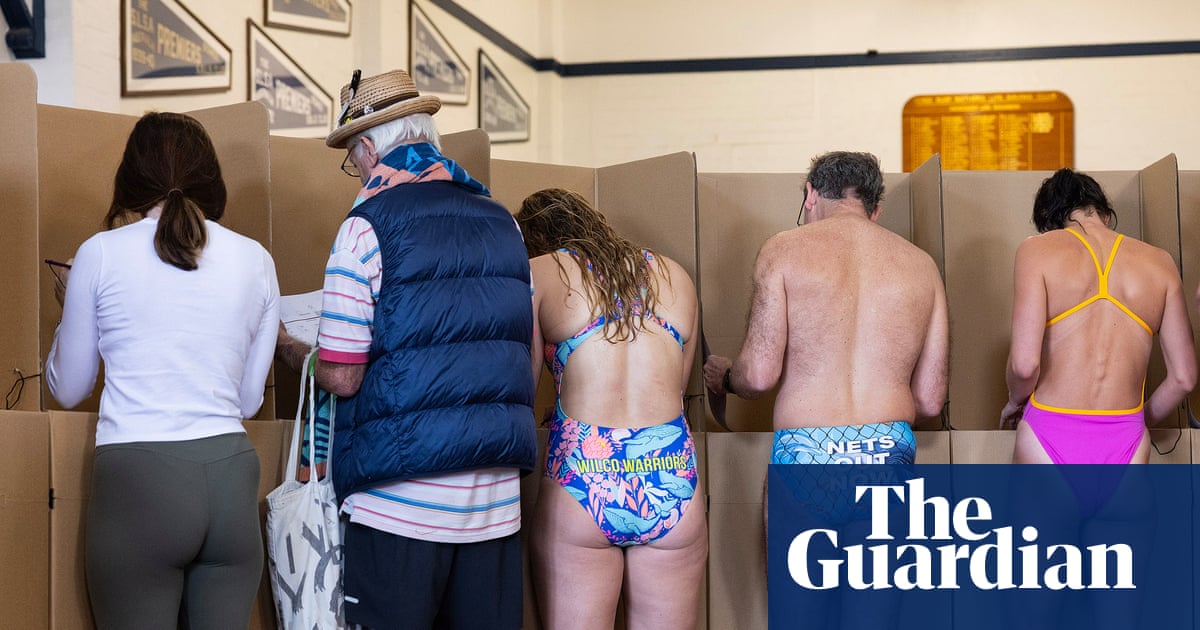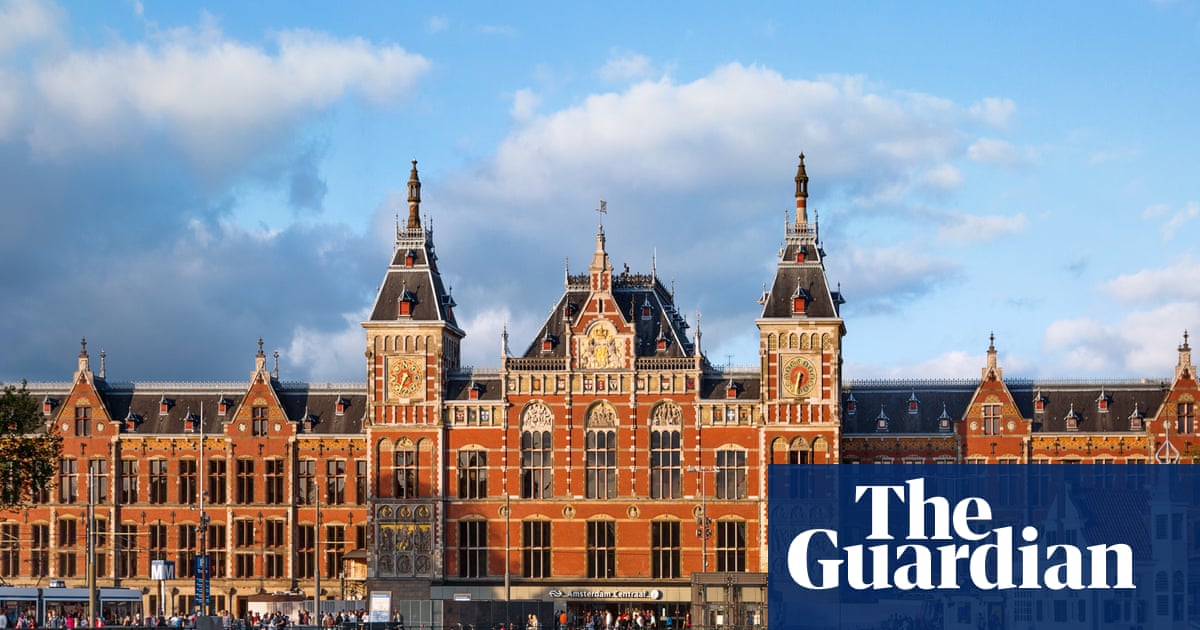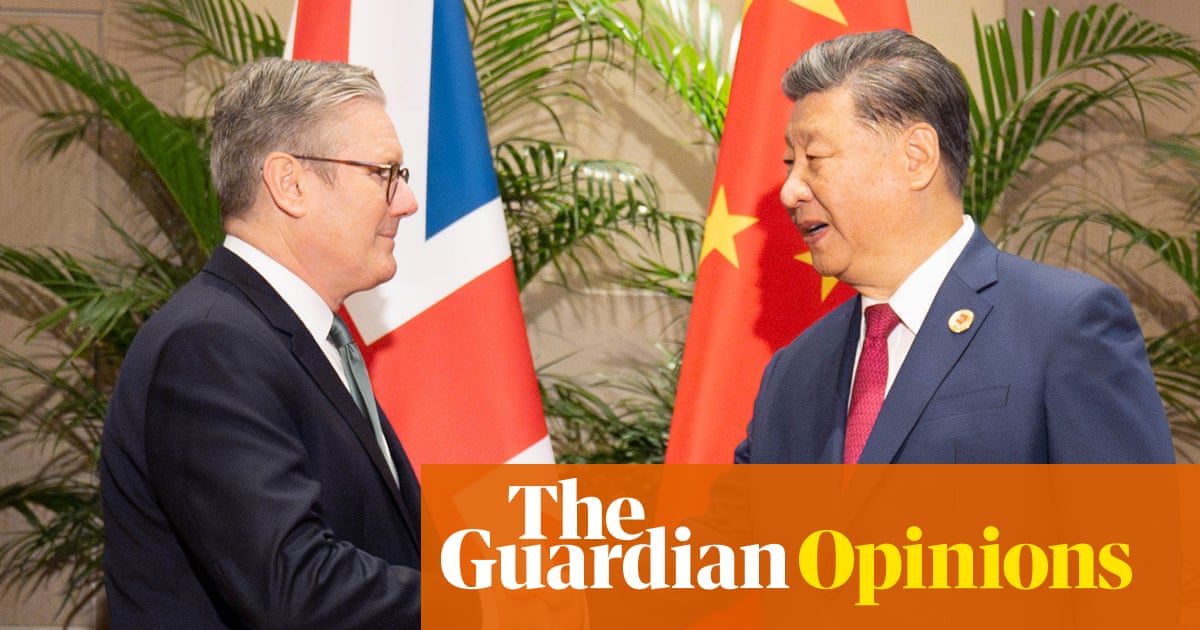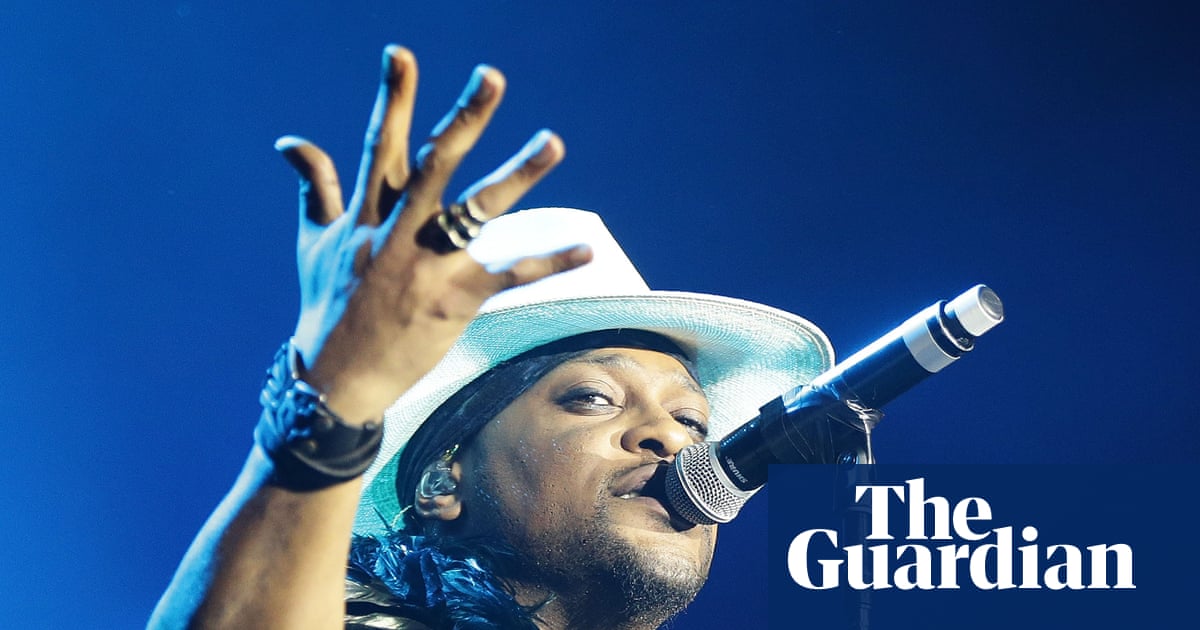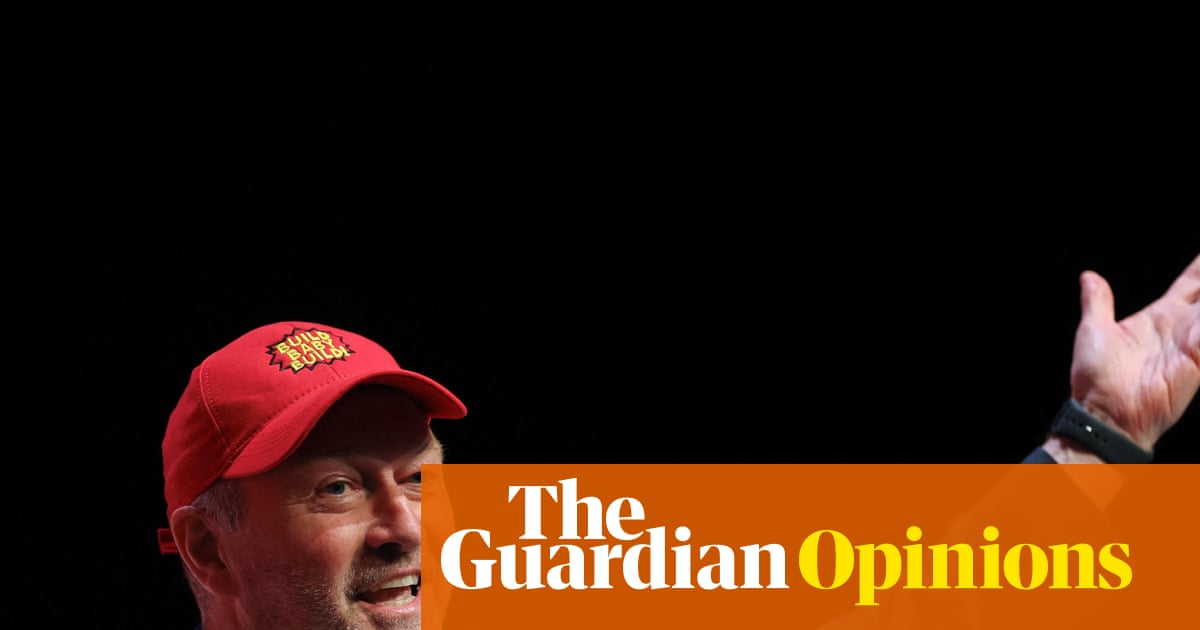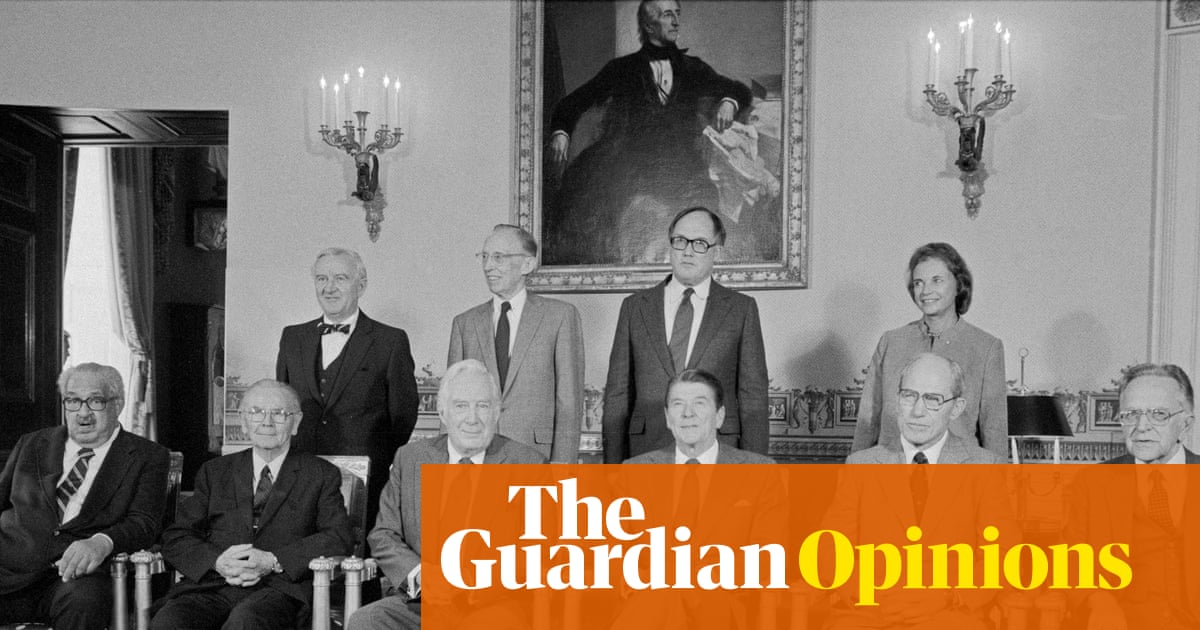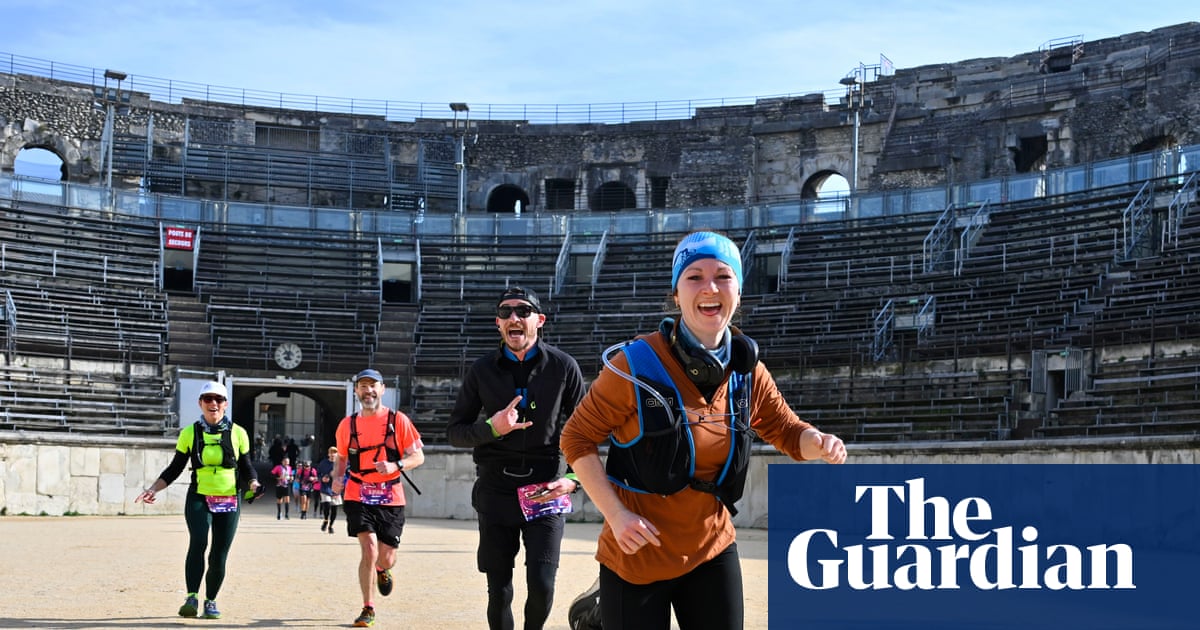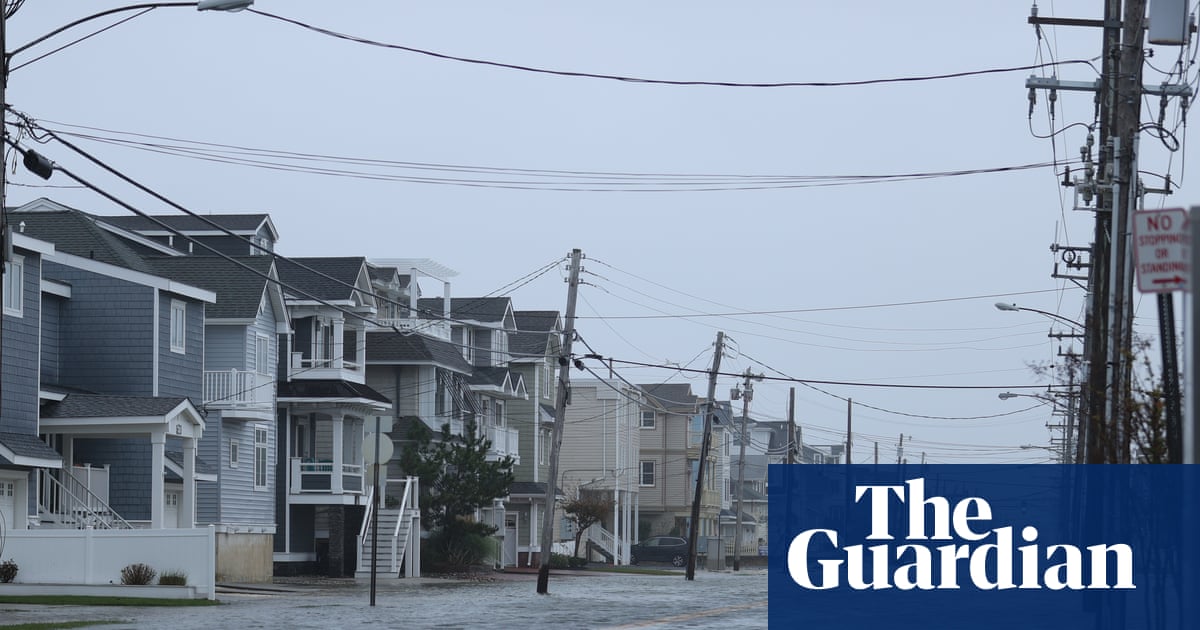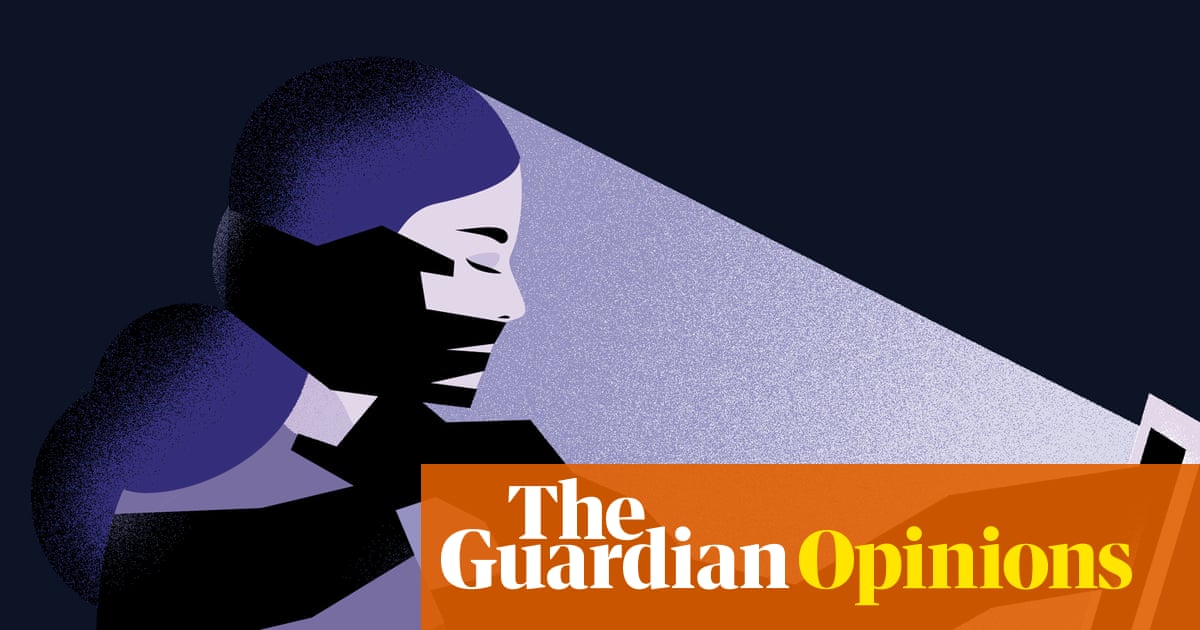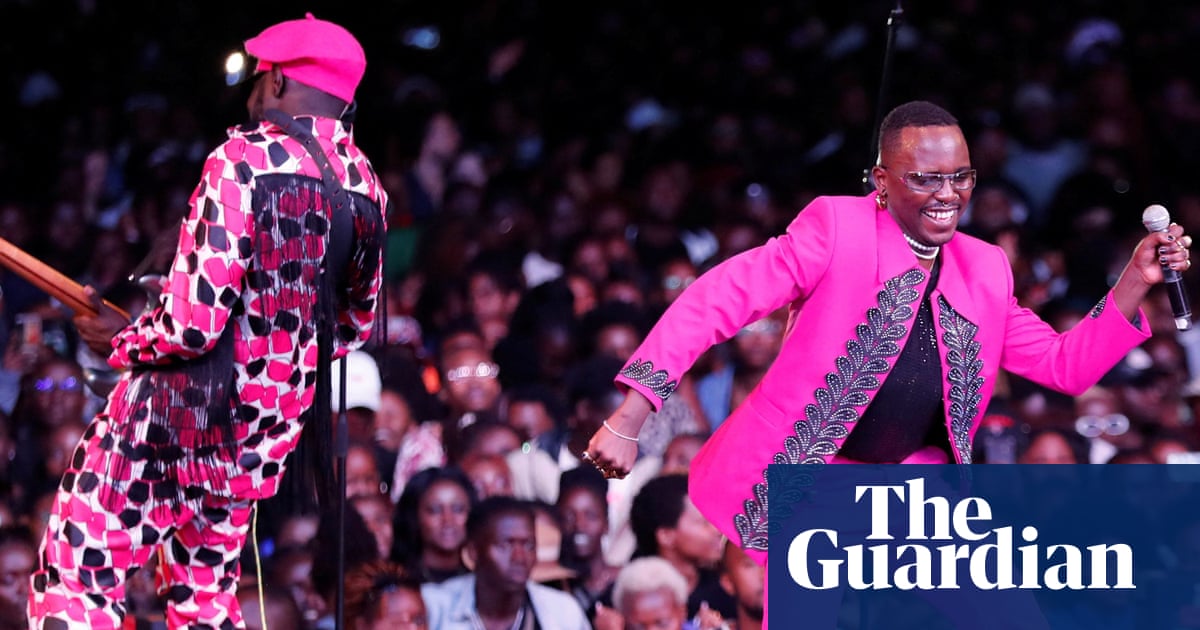Donald Trump portrays himself as a hard-nosed dealmaker. Yet in the run-up to Friday’s summit with Vladimir Putin in Anchorage, Alaska, his claim that the Russian leader held him in high regard and was therefore serious about ending the war in Ukraine sounded naive. Putin doesn’t let sentimentality shape his political and military decisions. Nor has he disavowed his longstanding claim to four Ukrainian provinces: Donetsk and Luhansk, which together comprise Ukraine’s eastern Donbas region, and Zaporizhzhia and Kherson in the south. Despite Russia’s overwhelming numerical advantage in troops and weaponry, Putin occupies only one province, Luhansk, almost entirely. Yet he persists.
In the days before his meeting with Putin, Trump said the Russian economy “stinks” and that falling oil prices would cause Russia’s war to run aground. The war has certainly placed severe strains on Russia’s economy, including high inflation and interest rates, labour shortages and a lack of investment by private businesses. Earnings from oil sales, a key source of state income, have also shrunk by 18% this year due to falling prices. There has even been talk of a recession. But these pressures have not prompted Putin to reassess his war plans. He ignored Trump’s proposal for a 30-day ceasefire, which Ukraine’s president, Volodymyr Zelenskyy, accepted right away. Likewise, he was unfazed by Trump’s threats to impose additional sanctions – with “severe consequences”, as he put it just before the summit – if Russia did not relent.
Trump returned from Anchorage empty-handed for other reasons. Successful summits require painstaking advance work by leaders’ subordinates; this one was arranged in haste. Given the rush, it was unsurprising that the Anchorage talks ended hours ahead of time. (The working lunch the two delegations were to have was cancelled.) During his post-summit press conference, Trump gamely praised Putin’s goodwill and said that they had agreed on “many points” during discussions that he described as “productive”. Yet he failed to identify a single point of agreement and, atypically, didn’t stay to answer reporters’ questions.
Putin came out ahead in Anchorage. He didn’t agree to Trump’s pet proposal for a ceasefire. It was Trump who ended up accepting Putin’s position that a ceasefire must be preceded by a comprehensive peace agreement that addresses the “root causes” of the war. Putin did show some flexibility by agreeing to freeze the frontline if Ukraine were to withdraw from Donetsk and Luhansk, and thus the entire Donbas, enabling Russia to acquire lands it has failed to conquer despite more than 40 months of fighting. Yet this offer could prove to be a trap. If Zelenskyy, who arrives in Washington for talks with Trump on Monday, refuses to do this, Putin may be able to look on as Trump tries to coerce the Ukrainian leader, forcing Europe to take sides. If Trump fails, Putin can paint Zelenskyy as the real obstacle to peace.
Trump had declared that there would be no future talks if the summit failed – which it did, as he couldn’t obtain a ceasefire, his main objective – yet in Anchorage, he spoke of follow-up meetings. Putin concurred, mischievously suggesting Moscow as the venue, but without indicating that he was open to including Zelenskyy and European leaders. By agreeing to further negotiations and keeping Trump’s hopes for a peace deal alive, Putin may have ensured that the efficacy of additional US sanctions on Russia remains untested.
By simply showing up in Anchorage, Putin demonstrated that the western policy of isolating him won’t work. Zelenskyy and European leaders are undoubtedly relieved that the duo didn’t unveil a deal to end the war by partitioning Ukraine. Still, Trump’s readiness to accept Putin’s insistence on this bilateral meeting after US efforts to include Zelenskyy failed had already sown more mistrust between Washington and Europe. Now Trump has embraced Putin’s view that there can be no ceasefire without an overall agreement that addresses all aspects of the conflict. He has also in effect endorsed Putin’s call for Ukraine to cede Donbas in exchange for a freeze of the frontline. These shifts will increase Ukraine and Europe’s distrust of Trump – to Putin’s advantage.
Putin’s confidence in Russia’s eventual victory has been bolstered by Trump’s decision, taken well before the summit, to cease direct weapons deliveries to Ukraine – assistance that totalled $65.9bn while Joe Biden was the US president. Russia will continue bombing Ukraine’s cities, and its ground troops will keep pushing to grab even more land. In this respect, the summit has changed nothing. What has changed since Trump’s return to the White House, though, is the US’s role in the war. Ultimately, Trump believes that Russia’s invasion does not threaten the US so it’s up to the Europeans to support Ukraine’s defence, a point JD Vance reiterated shortly before the summit. European countries have been increasing its defence spending and military support to Ukraine. But it had better be prepared to do even more and summon the unity to stay the course.
Meanwhile, the lure of additional talks with Putin will keep alive Trump’s illusion that continued diplomatic engagement with Russia and his self-proclaimed deal-making skills will eventually end the war – clearing the path to the Nobel peace prize he covets.
-
Rajan Menon is a professor emeritus of international relations at the City College of New York and a senior research scholar at Columbia University’s Saltzman Institute of War and Peace Studies

 3 months ago
47
3 months ago
47
